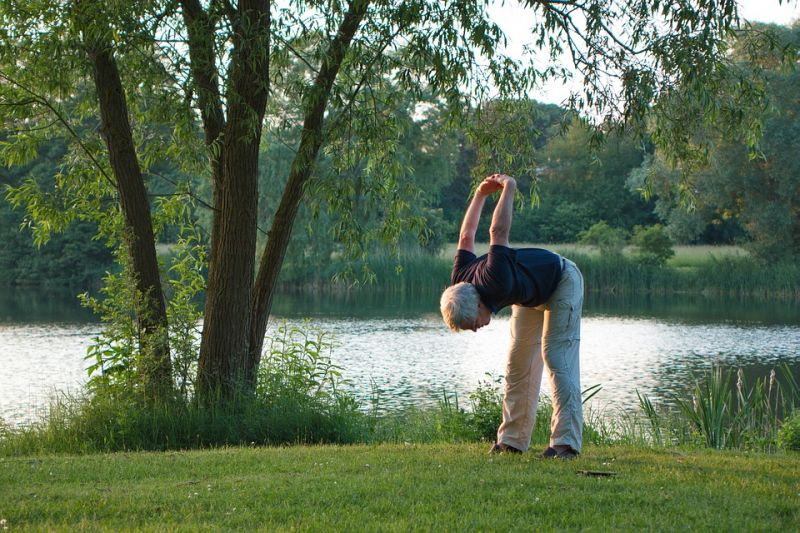SYDNEY: Older adults who exercise above the current recommended levels may have a reduced risk of developing chronic disease as compared to those who do not exercise, a new study has found.
The findings suggested that people who engaged in the highest levels of total physical activity were twice as likely to avoid stroke, heart disease, angina, cancer and diabetes, and be in optimal physical and mental shape 10 years later.
Older adults who did more than 5,000 metabolic equivalent minutes (MET minutes) each week saw the greatest reduction in the risk of chronic disease, suggested the study published in the journal Nature Scientific Reports.
“Some older adults may not be able to engage in vigorous activity or high levels of physical activity,” said lead author Bamini Gopinath, Associate Professor at the University of Sydney.
“But we encourage older adults who are inactive to do some physical activity, and those who currently only engage in moderate exercise to incorporate more vigorous activity where possible,” Gopinath added.
Currently, the World Health Organisation (WHO) recommends at least 600 MET minutes of physical activity each week. That is equivalent to 150 minutes of brisk walking or 75 minutes of running, the researchers mentioned.
“Our findings suggest that physical activity levels need to be several times higher than what the WHO currently recommends to significantly reduce the risk of chronic disease,” said Gopinath.
For the study, the researchers interviewed more than 1,500 Australian adults aged over 50 and followed them over a 10-year period.
“Our study showed that high levels of physical activity increase the likelihood of surviving an extra 10 years free from chronic diseases, mental impairment and disability,” Gopinath noted.
IANS

